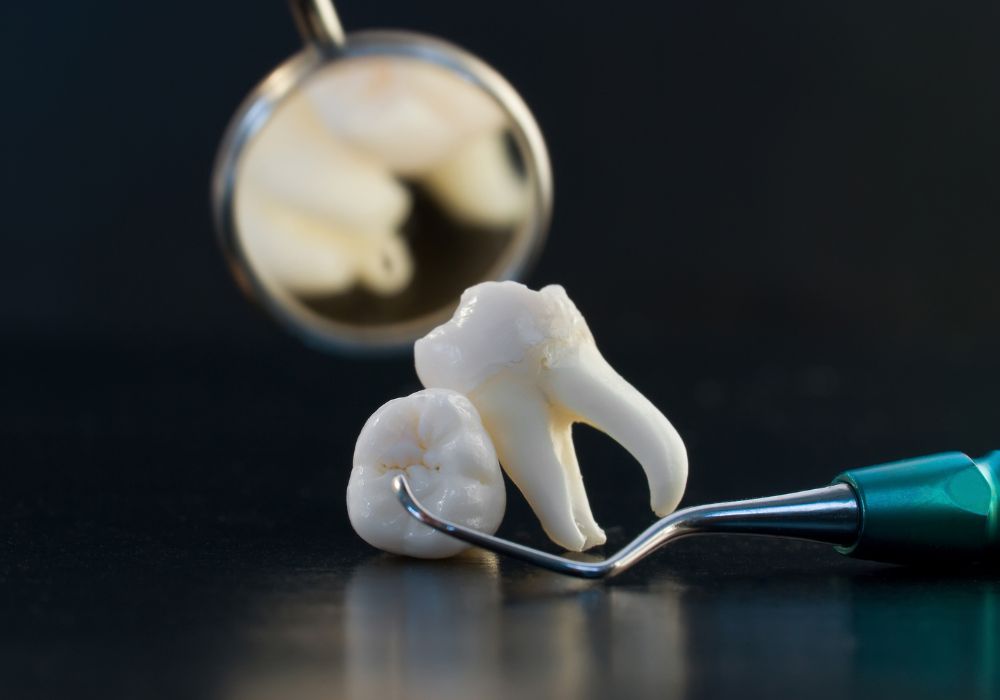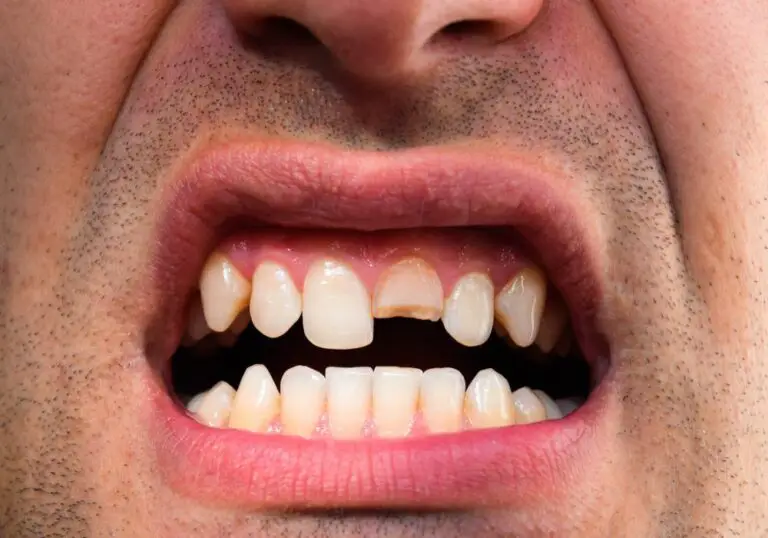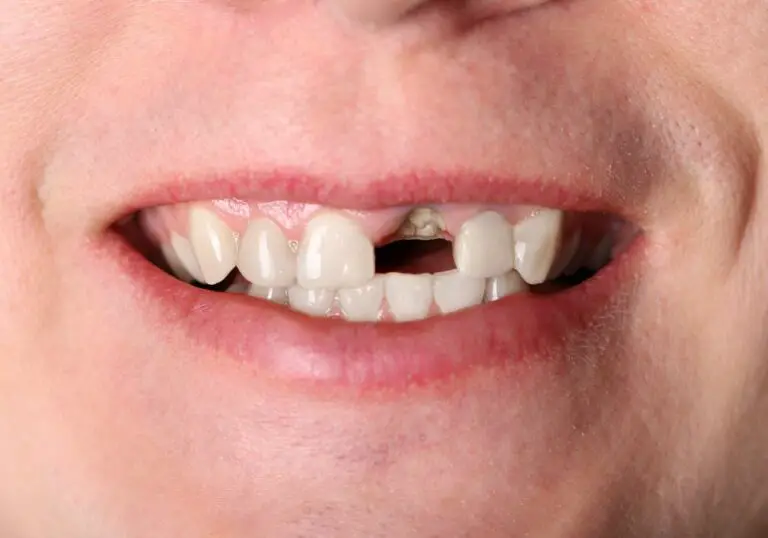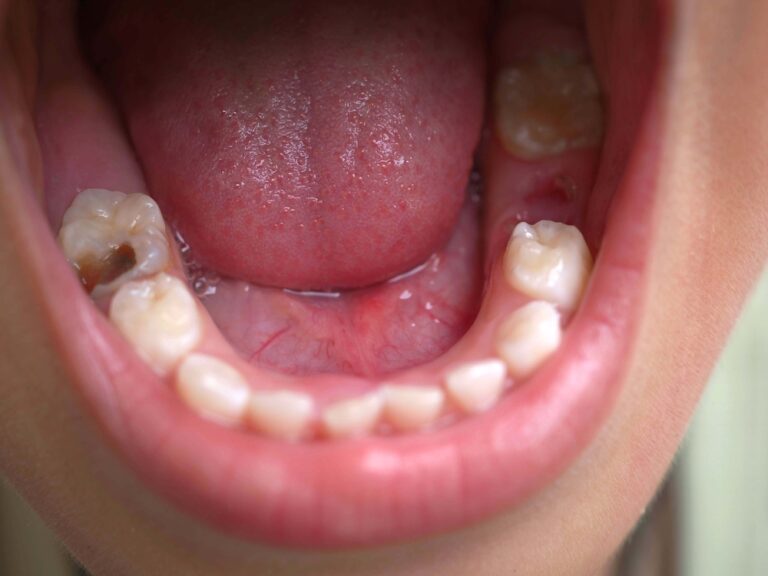If you’ve recently had your wisdom teeth removed, you may be wondering when it’s safe to start drinking water. After all, staying hydrated is important for the healing process. However, you don’t want to risk dislodging the blood clot or interfering with the healing process. So, can you drink water after wisdom teeth removal with gauze?
The short answer is yes, you can drink water after wisdom teeth removal with gauze. In fact, it’s important to stay hydrated to promote healing and prevent complications. However, you should avoid using a straw and swishing the water around your mouth, as this can dislodge the blood clot and delay healing. Instead, take small sips of water and let it flow gently into your mouth.
It’s also important to continue using gauze as directed by your dentist or oral surgeon. Gauze helps to promote blood clotting and prevent bleeding, which is crucial for proper healing. You may need to change the gauze every 30 minutes or so, depending on the amount of bleeding. If you experience excessive bleeding or other complications, be sure to contact your dentist or oral surgeon right away.
Understanding Wisdom Teeth Removal

Why Wisdom Teeth Are Removed
Wisdom teeth, also known as third molars, are the last set of teeth to emerge in the mouth. They typically appear between the ages of 17 and 25. However, in many cases, there is not enough space in the mouth to accommodate these new teeth, which can cause a variety of oral health problems.
One of the most common reasons for wisdom teeth removal is impaction. This occurs when the tooth is unable to fully emerge from the gum line. Impacted wisdom teeth can cause pain, swelling, and infection. They can also push against other teeth, causing misalignment and damage.
Another reason for wisdom teeth removal is overcrowding. If there is not enough space in the mouth, the wisdom teeth can push against other teeth, causing crowding and misalignment. This can lead to a range of oral health problems, including difficulty cleaning the teeth and increased risk of decay and gum disease.
The Procedure of Wisdom Teeth Removal
Wisdom teeth removal is a common oral surgery procedure that is typically performed under local anesthesia. The procedure involves making an incision in the gum tissue to access the tooth. In some cases, the tooth may need to be cut into smaller pieces to make it easier to remove.
After the tooth is removed, gauze is placed over the extraction site to help control bleeding and promote healing. It is important to avoid drinking water or other fluids for the first hour after the procedure to allow the blood clot to form.
Once the blood clot has formed, you can begin drinking water. It is important to stay hydrated after the procedure to promote healing. However, it is important to avoid using a straw for the first few days after the procedure, as the suction can dislodge the blood clot and delay healing.
In summary, wisdom teeth removal is a common procedure that is performed to address a range of oral health problems. If you are experiencing pain, swelling, or other symptoms associated with your wisdom teeth, it is important to consult with a dental professional to determine if removal is necessary.
Post-Surgery Care
After having your wisdom teeth removed, it is important to take proper care of your mouth to ensure a quick and healthy recovery. This includes both immediate aftercare and long-term aftercare.
Immediate Aftercare
Immediately following surgery, you will have gauze placed over the surgical area to help control bleeding. It is important to keep the gauze in place for at least 30 minutes before removing it. If bleeding continues, replace the gauze with a fresh piece and apply pressure for an additional 30 minutes.
You can drink water after wisdom teeth removal with gauze as soon as you feel comfortable doing so. Staying hydrated is important for the healing process. However, avoid using a straw for the first few days as the suction can dislodge the blood clot and delay healing.
In addition to drinking water, you can also eat soft foods such as mashed potatoes, soup, and yogurt. Avoid hot, spicy, and crunchy foods for the first few days.
For pain management, your dentist may prescribe pain medication or recommend over-the-counter pain relievers such as ibuprofen. Follow the dosage instructions carefully and do not exceed the recommended amount.
Long-Term Aftercare
After the first few days, you can begin gently rinsing your mouth with warm salt water to help promote healing and reduce inflammation. Do not use mouthwash for at least a week as it can irritate the surgical site.
Continue to avoid hot, spicy, and crunchy foods for at least a week and gradually reintroduce solid foods as you feel comfortable.
Brush your teeth gently, avoiding the surgical site, and rinse your mouth with salt water after each meal. Do not smoke or use tobacco products for at least a week as they can delay healing and increase the risk of infection.
If you experience any unusual symptoms such as excessive bleeding or fever, contact your dentist immediately.
By following these post-surgery care instructions, you can help ensure a smooth and speedy recovery after wisdom teeth removal.
Drinking Water After Wisdom Teeth Removal

If you have just had your wisdom teeth removed, you may be wondering if it is safe to drink water with gauze in your mouth. The answer is yes, you can drink water after wisdom teeth removal with gauze. However, there are a few precautions you should take to ensure a smooth recovery.
Why Hydration is Important
Staying hydrated is crucial after wisdom teeth removal. Drinking water helps to flush out any debris left in your mouth and promotes healing. It also prevents dry mouth, which can lead to bad breath and infection.
It is recommended that you drink plenty of water after surgery, but avoid using a straw for the first few days. Using a straw can create suction in your mouth, which can dislodge the blood clot that is forming and lead to a painful condition called dry socket.
Precautions While Drinking Water
While drinking water is important for your recovery, there are a few precautions you should take to avoid complications. Here are a few tips:
- Take small sips: Don’t gulp down large amounts of water at once. Take small sips to avoid dislodging the blood clot.
- Don’t use a straw: As mentioned earlier, avoid using a straw for the first few days after surgery.
- Rinse your mouth after drinking: After drinking water, rinse your mouth gently with salt water to help keep the area clean.
- Avoid carbonated drinks: Carbonated drinks can irritate the area and delay healing. Stick to plain water and other non-carbonated beverages.
By following these precautions, you can safely drink water after wisdom teeth removal with gauze. Remember to stay hydrated and take care of yourself during your recovery period.
Role of Gauze After Wisdom Teeth Removal
After wisdom teeth removal, your dentist or oral surgeon will likely place a gauze pad over the extraction site to help control bleeding and promote healing. Here’s what you need to know about the role of gauze in your recovery.
Purpose of Gauze
The primary purpose of gauze after wisdom teeth removal is to help control bleeding. The pressure from the gauze helps to form a blood clot, which is essential for proper healing. Without a clot, the extraction site can become irritated, inflamed, or infected, which can lead to complications and prolong your recovery time.
Gauze also helps to absorb any excess blood or saliva, which can be uncomfortable or even nauseating to swallow. By keeping the extraction site clean and dry, you can reduce your risk of infection and improve your overall comfort during the healing process.
How to Use Gauze Properly
To use gauze properly after wisdom teeth removal, follow these steps:
- Bite down gently but firmly on the gauze pad for at least 30 minutes after your procedure. This will help to form a blood clot and control bleeding.
- Replace the gauze pad as needed to keep the extraction site clean and dry. Your dentist or oral surgeon will likely provide you with extra gauze pads to take home.
- Avoid spitting, rinsing, or drinking through a straw for the first 24 hours after your procedure. This can dislodge the blood clot and delay your healing.
- After the first 24 hours, you can gently rinse your mouth with salt water to help keep the extraction site clean. Be sure to follow your dentist or oral surgeon’s instructions for proper oral hygiene.
By using gauze properly after wisdom teeth removal, you can help to ensure a smooth and speedy recovery. If you have any questions or concerns about your recovery, be sure to contact your dentist or oral surgeon for guidance.
Potential Risks and Complications

After wisdom teeth removal, it is essential to take care of the extraction site to prevent complications. Even with proper care, there are still potential risks and complications that you may experience. In this section, we will discuss two common complications that you may encounter: dry socket and infection.
Dry Socket
Dry socket is a common complication that occurs after wisdom teeth removal. It happens when the blood clot that forms in the extraction site dislodges or dissolves before the wound heals. This can cause severe pain and discomfort, and it may take several days to a week to resolve.
To prevent dry socket, avoid drinking through a straw or rinsing your mouth vigorously for the first 24 hours after surgery. You should also avoid smoking and spitting, as these actions can dislodge the clot. If you experience severe pain or discomfort after the first few days, contact your dentist or oral surgeon.
Infection
Infection is another potential complication after wisdom teeth removal. It can occur if bacteria enter the extraction site and cause an infection. Signs of infection include fever, swelling, and pus discharge from the extraction site.
To prevent infection, make sure to follow your dentist or oral surgeon’s post-operative instructions carefully. This may include taking antibiotics or using an antiseptic mouthwash. It is also important to maintain good oral hygiene by brushing your teeth gently and avoiding food particles from getting stuck in the extraction site.
If you experience any signs of infection, contact your dentist or oral surgeon immediately. They may prescribe antibiotics or perform additional treatment to resolve the infection.
In summary, dry socket and infection are two potential risks and complications that you may encounter after wisdom teeth removal. By following your dentist or oral surgeon’s post-operative instructions carefully and maintaining good oral hygiene, you can minimize your risk of these complications and ensure a smooth recovery.
Frequently Asked Questions
When can I drink water after tooth extraction?
You can drink water after tooth extraction as soon as you feel comfortable doing so. It’s important to stay hydrated during the healing process, so drinking water is encouraged. However, it’s important to avoid using a straw for the first few days after surgery as the suction can dislodge the blood clot and delay healing.
Ran out of gauze for tooth extraction, what should I do?
If you ran out of gauze for tooth extraction, you can use a clean piece of cloth or a tea bag as a substitute. Make sure to wet it with water and gently bite down on it to apply pressure to the extraction site. This will help to stop bleeding and promote clotting.
How long will it bleed after wisdom tooth extraction?
Bleeding after wisdom tooth extraction is common and can last for up to 24 hours. It’s important to change the gauze every 30-45 minutes until the bleeding stops. If bleeding persists for more than 24 hours, contact your dentist or oral surgeon.
Can I drink water with gauze in my mouth after wisdom teeth removal?
It’s not recommended to drink water with gauze in your mouth after wisdom teeth removal. The gauze should be removed before drinking water to avoid the risk of choking. After drinking water, you can replace the gauze and apply pressure to the extraction site.
Is it okay to drink water right after wisdom teeth removal?
You can drink water right after wisdom teeth removal as long as you avoid using a straw. Drinking through a straw can dislodge the blood clot and delay healing. It’s important to stay hydrated during the healing process, so drinking water is encouraged.
Should I wet the gauze after wisdom teeth removal?
You should wet the gauze after wisdom teeth removal to make it easier to remove and to prevent it from sticking to the extraction site. Wet the gauze with water and gently bite down on it to apply pressure to the extraction site. Change the gauze every 30-45 minutes until the bleeding stops.







